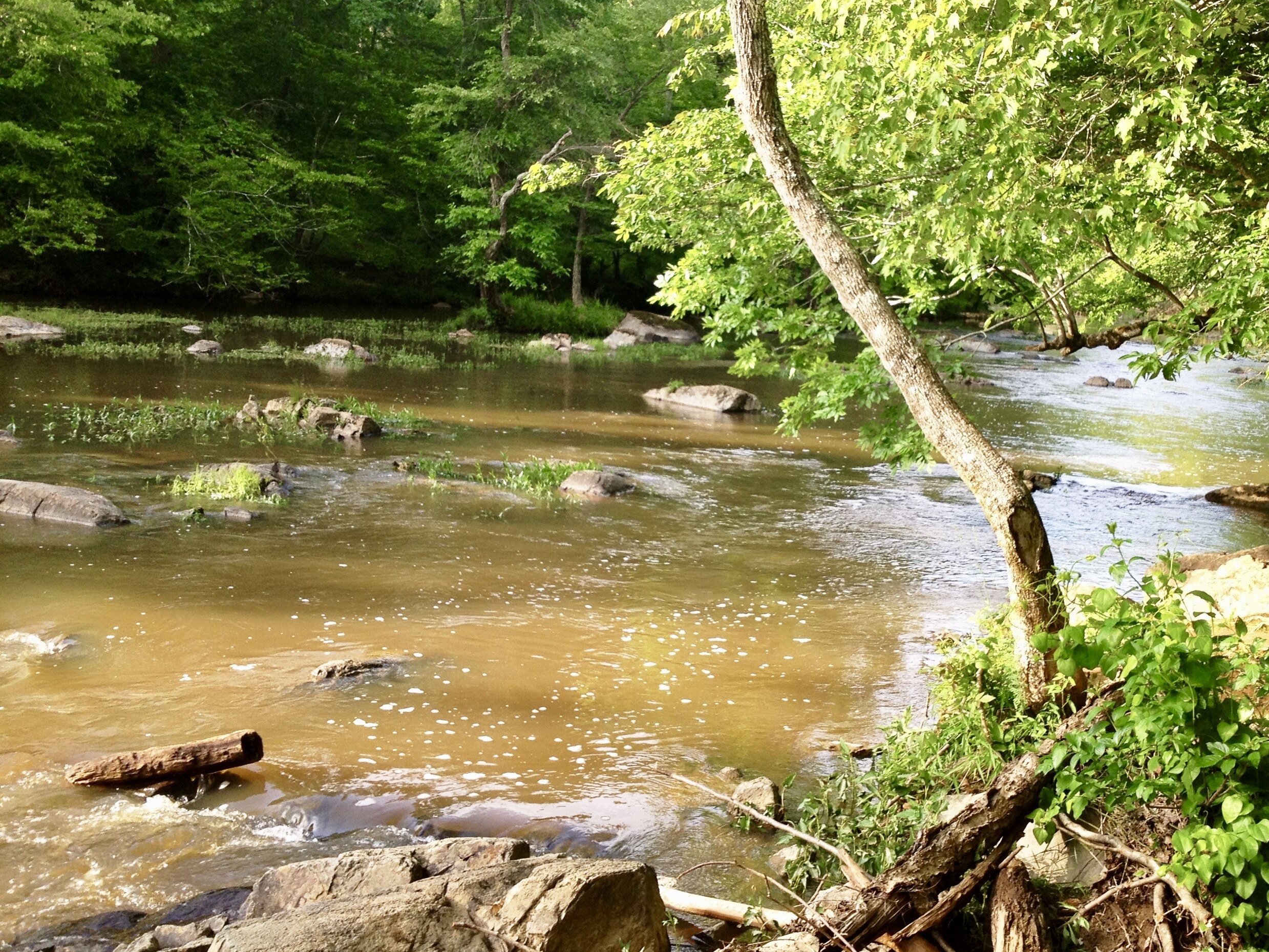
Pesticide Fate and Transport in Rivers (Completed)
Significance:
Neonicotinoid pesticides are ubiquitous in both urban and agricultural streams
Cause paralysis and death to non-target organisms, such as honeybees, through photo-transformation resulting in highly toxic byproducts
Objective:
Quantify the effect of path-specific environmental conditions on photochemical transformation and rates of two important pesticides in aquatic environments.
Hypothesis:
River morphology will create photochemical transformation “hotspots” impacting end-product composition of pesticides being transported in a river reach
Conclusions:
Synoptic field monitoring of pesticides in two distinct watersheds in the United States during a flood season (2019) and non-flood season (2020) was conducted using grab and POCIS sampling techniques, and results indicated prevalence of neonicotinoids in both watersheds at higher concentrations and specifically imidacloprid exceeded chronic toxicity limits.
Comparisons between years indicated the flood season significantly impacted the movement of pesticides from the field into the monitored watersheds.
The photolysis of imidacloprid and thiamethoxam under simulated light in varying DOM, and the addition of quenching agents enhanced our understanding of the role played by each reactive oxygen species in the photolysis of imidacloprid and thiamethoxam.
Funded: USDA-NIFA
Publication: Borsuah, J., Messer, T.L., Snow, D., Comfort, S., and Mittelstet, A. 2020. Literature Review: Global neonicotinoid occurrence in aquatic environments. Water, 12: 3388. doi. 10.3390/w12123388.
Borsuah, J.F., Messer, T.L., Snow, D.D., Comfort, S.D., Bartelt-Hunt, S. 2024. Dissolved Organic Matter on Photodegradation Rates, Byproduct Formations, and Degradation Pathways for Two Neonicotinoid Insecticides in Simulated River Water. Sustainability. 16, 118. doi: 10.3390/su16031181
Graduate Student: Josephus Borsuah